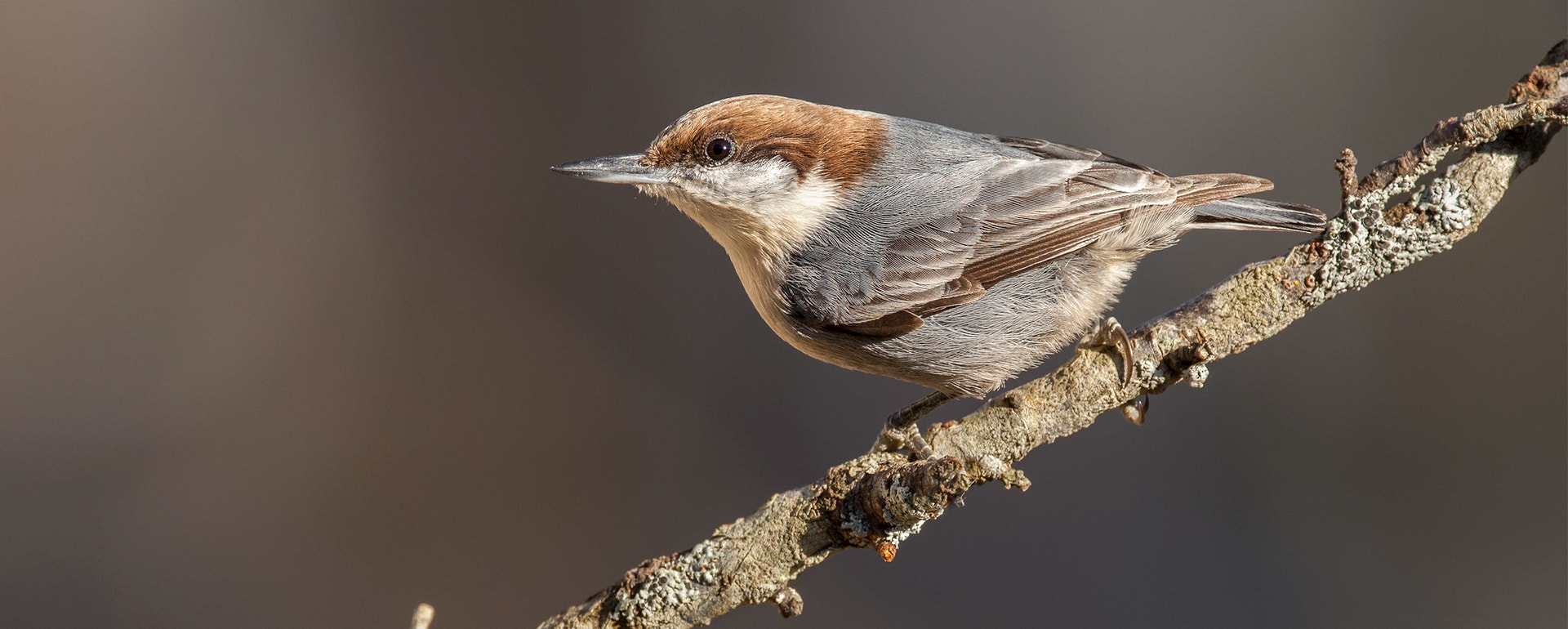
How Climate Change Will Affect Birds in Mississippi
Vulnerable Birds in Mississippi
Highly and moderately vulnerable birds may lose more than half of their current range—the geographic area where they live—as they are forced to search for suitable habitat and climate conditions elsewhere.
Mississippi
| Flyway | Mississippi Flyway |
| State Brief | Download [PDF] |
| Website | http://ms.audubon.org |
Below, find out which of the birds that nest or spend the winter in your area are most vulnerable across their entire range. Some birds may lose range outside of your state, making the protection of their current habitat in your area even more important.
How will the Brown-headed Nuthatch's range be affected in Mississippi?
Rising temperatures and shifting weather patterns affect birds' ability to find food and reproduce, which over time impacts local populations, and ultimately continent-wide populations, too. Some species may even go extinct in your state if they cannot find the conditions they need to survive and raise their young.
Select a warming scenario to see how this species’ range will change under increased global temperatures.
Reducing warming makes many types of birds found in Mississippi less vulnerable.
In order to hold warming steady, we must act now to reduce the amount of carbon released into the atmosphere and limit warming to 1.5 degrees. We must reduce our carbon emissions and also absorb what is produced through natural solutions like reforestation or with technology that removes carbon from the air.
Click the three different warming scenarios to explore how increased warming puts more species in Mississippi at risk.
Mississippi's Birds and Habitats
As part of the Mississippi River Flyway, Mississippi’s lands and waters play an ecologically significant role in supporting over 100 million migratory, nesting, and wintering birds annually. The state’s diverse habitats span barrier islands and beaches, bottomland hardwood forests and cypress-tupelo swamps. State and federal public areas alone encompass more than 1.5 million acres that support hundreds of bird species year-round, including threatened and endangered species such as the interior Least Tern, Wood Stork, Mississippi Sandhill Crane, and Red-cockaded Woodpecker.
Audubon Mississippi is working to protect 200,000 acres of bottomland hardwood wetlands in the Mississippi Delta.
Climate Policy in Mississippi
RENEWABLE
.1 % Solar
NUCLEAR
FOSSIL FUEL
7.7 % Coal
Climate Alliance?
(Data: U.S. EIA)
Overall Mississippi has been slow to directly address the impacts of climate change and sea-level rise. However, the tragedies of Hurricane Katrina in 2005 and the 2010 Deepwater Horizon oil disaster catalyzed local hazard mitigation planning and ecological restoration efforts in the state, including an Audubon Mississippi program to monitor and protect coastal birds and habitats.
Climate Threats Facing Birds and People in Mississippi
Sea-level rise of up to 7 inches along Mississippi’s coast and accompanying tidal flooding have exacerbated the effects of storms and hurricanes, threatening communities in the Mississippi Sound while eroding beaches and wetlands. Extreme rain events have increased inland flooding throughout the state’s complex network of rivers and waterways, with 2018 being the second-wettest year on record. In the coming decades, Mississippi could see reduced crop yields and increased damage from tropical storms.
The same climate change-driven threats that put birds at risk harm people, too. Hover over or tap an area on the map to see specific threats that will affect that area as warming increases.